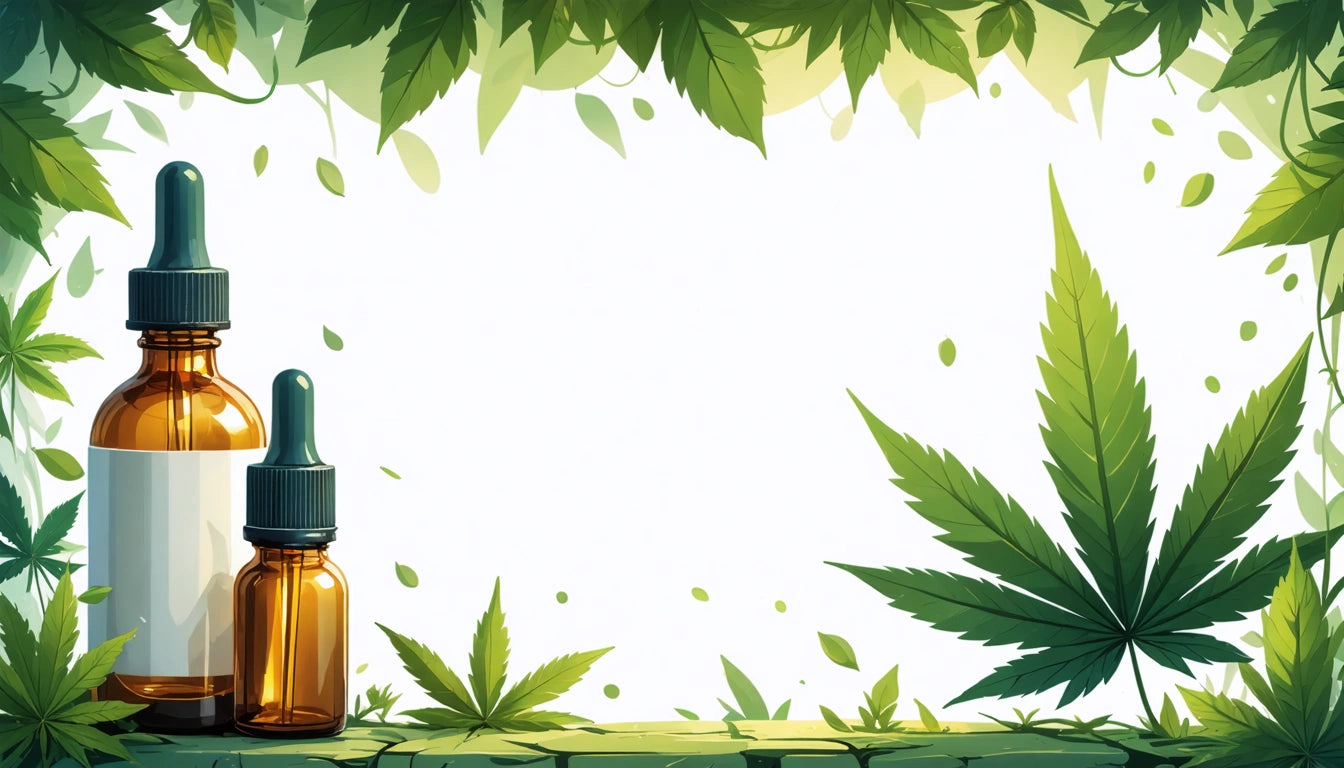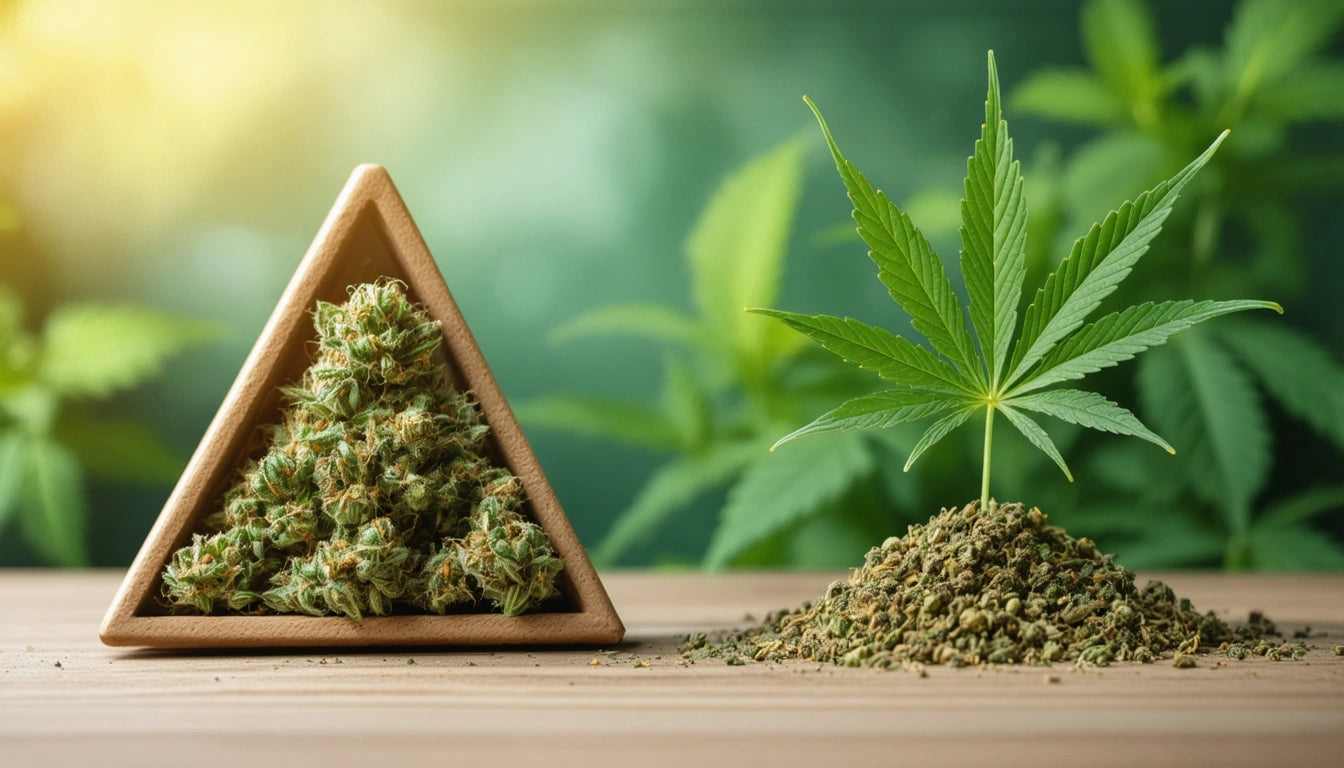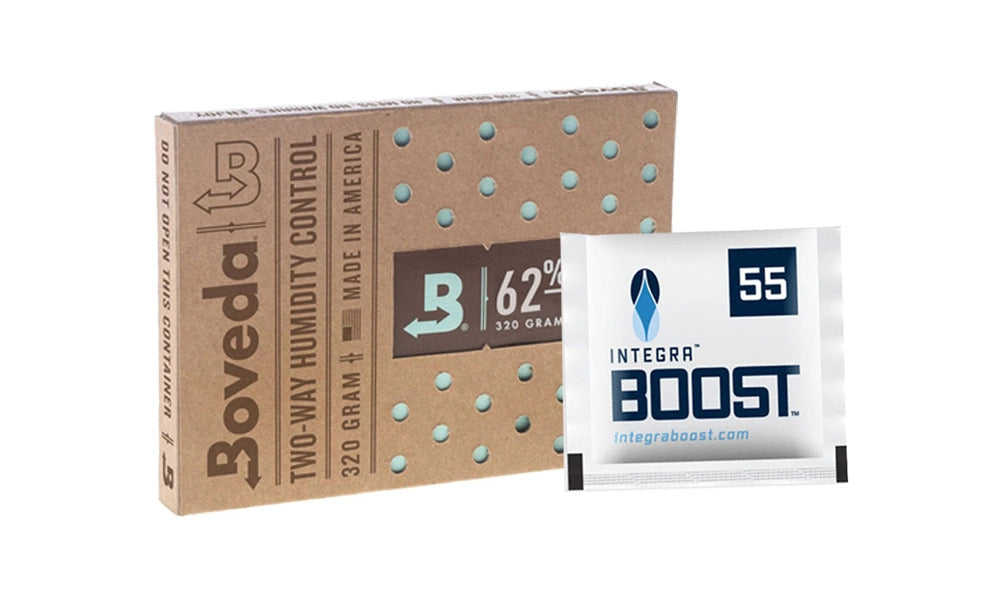Table of Contents
When entering the cannabis market, one of the most critical decisions brands face is whether to develop products in-house or partner with white label manufacturers. This choice impacts everything from startup costs and time-to-market to quality control and brand differentiation. Understanding the nuances of each approach can help cannabis entrepreneurs make informed decisions that align with their business goals and market positioning.
Understanding Product Formulation Approaches
Cannabis product formulation encompasses the development of everything from flower products and concentrates to edibles and topicals. The approach you choose depends on your expertise, resources, and business objectives.
In-house formulation gives brands complete control over product development, ingredients, and processes. This approach requires significant investment in equipment, facilities, and expertise but offers maximum creative freedom and potential for unique product offerings.
White label partnerships, on the other hand, involve working with established manufacturers who produce cannabis products that brands can market under their own name. This turnkey solution reduces startup barriers but may limit product differentiation.
According to this comprehensive comparison, both approaches have distinct advantages depending on your business stage and goals.
In-House Formulation: Benefits and Challenges
Benefits of In-House Development
- Complete control over formulations and ingredients
- Ability to create truly unique products
- Intellectual property ownership
- Flexibility to adjust formulations based on feedback
- Potential for higher profit margins long-term
Challenges of In-House Development
- High initial capital investment
- Longer time-to-market
- Need for specialized expertise
- Regulatory compliance responsibility
- Quality control systems development
Brands pursuing in-house formulation must be prepared for extensive market research to ensure their products meet consumer demands. Additionally, they'll need to invest in proper packaging solutions that maintain product integrity while complying with regulations. Many cannabis brands find that specialized packaging options for flower products are essential for preserving freshness and potency while meeting compliance requirements.
White Label Partnerships: Advantages and Limitations
Advantages of White Label Solutions
- Faster time-to-market
- Lower initial investment
- Access to proven formulations
- Established quality control processes
- Simplified regulatory compliance
Limitations of White Label Solutions
- Less product differentiation
- Lower profit margins
- Limited control over ingredients and processes
- Potential supply chain vulnerabilities
- Brand identity challenges
White label partnerships can be particularly beneficial for brands looking to test multiple product SKUs without committing to extensive manufacturing infrastructure. This approach allows for market testing before significant investment.
Cost Analysis and ROI Considerations
The financial implications of each approach vary significantly. In-house formulation typically requires:
- Facility costs: $250,000-$1M+ depending on scale
- Equipment: $100,000-$500,000 for basic production
- Staffing: Formulation scientists, quality control, production personnel
- Regulatory compliance: Testing, certifications, and licensing
White label partnerships generally involve:
- Product costs: Higher per-unit costs but lower overall investment
- Minimum order requirements: Often starting at $10,000-$25,000
- Customization fees: Additional costs for formula adjustments
- Branding and packaging: Design and implementation costs
When calculating ROI, consider both short and long-term projections. White label solutions typically offer faster time-to-market and earlier revenue generation, while in-house development may yield higher margins over time once infrastructure costs are absorbed.
Proper post-launch performance tracking is essential for evaluating the success of either approach.
Regulatory Compliance Across Formulation Methods
Regardless of your formulation approach, regulatory compliance remains a critical consideration. With in-house formulation, your team bears full responsibility for understanding and implementing compliance measures. This includes:
- Product testing protocols
- Quality assurance documentation
- Ingredient sourcing verification
- Manufacturing practice standards
- Labeling and packaging compliance
White label manufacturers typically handle many compliance aspects, but brands must still verify their partners' adherence to regulations. Navigating licensing requirements and understanding packaging regulations are essential regardless of your formulation approach.
Making the Right Choice for Your Cannabis Brand
The decision between in-house formulation and white label partnerships should align with your brand's resources, timeline, and market positioning. Consider these strategic factors:
- Brand differentiation needs: How unique must your product be?
- Available capital: What can you realistically invest upfront?
- Timeline pressures: How quickly must you enter the market?
- Expertise access: Do you have formulation knowledge in-house?
- Scaling plans: Will you expand to multiple markets quickly?
Many successful cannabis brands begin with white label products to establish market presence while developing in-house capabilities for future product lines. This hybrid approach can balance speed-to-market with long-term differentiation goals.
Before finalizing your approach, conduct thorough pre-launch market analysis and establish relationships with potential distribution partners to ensure your products will have viable channels to market.











Leave a comment
All comments are moderated before being published.
This site is protected by hCaptcha and the hCaptcha Privacy Policy and Terms of Service apply.